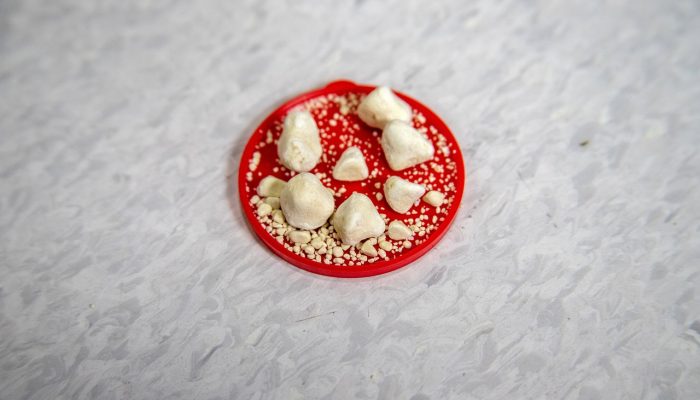Introduction
At this time of year, as spring awakens gardens across the country, many gardeners are beginning to think about approaches to plant care and propagation. The fusion of homeopathy with horticulture brings together a fascinating aspect of gardening and plant care. It’s something where many gardeners are pleased with the success they experience blending these methods.

Urban gardeners report particular success using homeopathic methods in container gardens, where plants often face more stressful growing conditions. The preparations are seen as helping plants adapt to limited soil volumes and fluctuating moisture levels.
Interestingly, some hydroponic growers have begun experimenting with homeopathic preparations in their nutrient solutions. They suggest that these additions help maintain system balance, similar to how probiotics support gut health in living organisms.

Some people have noticed patterns in plant responses that mirror homeopathic principles in human applications. For instance, they observe that younger plants often respond more noticeably to treatments than mature specimens—similar to how children sometimes show more dramatic responses to homeopathic remedies than adults.
Key Homeopathic Preparations for Seedlings
- Silica: known in homeopathic circles as Silicea, is perhaps the most widely used preparation for strengthening seedlings. Much like how a skeleton provides structure to a body, Silica is believed to support the plant’s cellular structure. Gardeners report that weak, spindly seedlings often show improved stem strength after treatment with Silica 6X or 12X potencies.
- Calendula: Beyond its healing properties for humans, Calendula preparations are used to support root development. Consider it like a protective barrier—similar to how mulch protects soil, Calendula is thought to create favourable conditions for root growth. The typical application involves diluting the mother tincture in watering solutions.
Supporting Root Development
- Arnica Montana: Typically used for treating human bruises, Arnica is employed in plant propagation to reduce transplant shock when taking cuttings or transplanting seedlings to mitigate transplant shock, drawing parallels to its trauma-recovery applications in humans.
- Phosphorus: This preparation is thought to encourage root growth, especially in plants that are hard to root. Think of it as a gentle encouragement for roots to explore their environment, similar to how a child becomes more confident to explore with proper support.
Frequency and Timing
- Frequency of Application: Unlike conventional fertilisers, homeopathic preparations are typically used less frequently. A common approach involves treating plants once weekly during critical growth phases, allowing the plant to respond to the treatment.
- The application of homeopathic preparations requires attention to detail and timing. Most practitioners recommend early morning applications, when plants are most receptive to nutrients—similar to how humans often absorb nutrients better at certain times of day.
Preparing the Soil
- Soil preparation: The bedrock of plant health remains good soil management. Homeopathic treatments work best when plants are growing in well-structured, nutrient-rich soil. Consider it like building a house—you need solid foundations regardless of what additional features you add.
- Environmental conditions: Just as homeopathic remedies for humans work best when combined with a proper diet and lifestyle, plant homoeopathy should be part of a holistic growing approach that includes appropriate light, temperature, and humidity levels.
Observing and Documenting Results
- The subtle effects of homeopathy require meticulous observation. Documenting treatments and plant responses can lead to a deeper understanding of what methods work best under varied conditions.

Building on Success
As interest in homeopathic horticulture continues to grow, practitioners are finding new ways to adapt these methods to modern growing challenges. While maintaining a balanced perspective between traditional and alternative approaches, they’re developing innovative solutions for sustainable plant care.
Remember that what works in one garden may not work in another, and success often comes from careful observation and adaptation of methods to suit specific conditions and plant needs. As with any gardening approach, the joy lies in the journey of discovery and the satisfaction of nurturing new life.
Helen Campbell Homeopathy SCIO
Would you like to know more about using homeopathy for working with plants? Sign up to become an Associate of the Foundation for free.
Helen Campbell Homeopathy Foundation SCIO’s community is a place to learn much more and share with others keen to learn about looking after their health and also those of their plants and animals.





